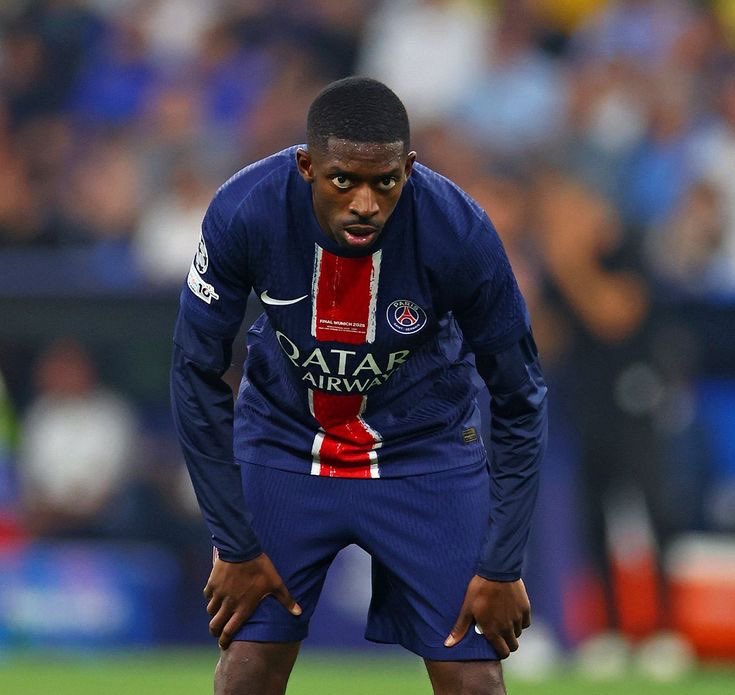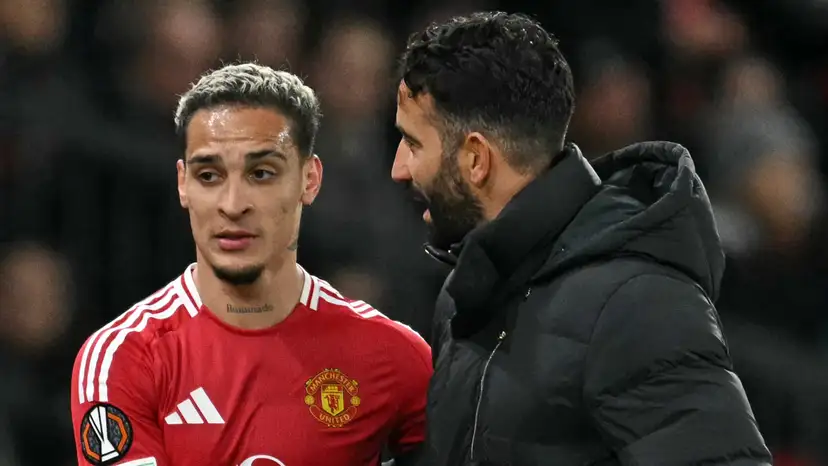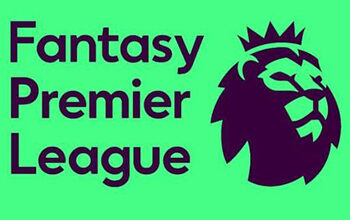
Football has evolved far beyond simple man-marking or positional discipline. Today’s elite sides defend with choreography, not chaos, but they make the chaos work for them. Pressing traps are a prime example: a method of guiding the opponent into a false sense of security before suffocating them with coordinated pressure. It is the defensive equivalent of setting bait and waiting for the right bite.
Rather than chasing the ball aimlessly, teams like Liverpool, Manchester City, and Bayer Leverkusen press with purpose. They dictate where opponents can play, not just how. By luring the ball into a specific zone, often near the touchline or toward a predictable passing outlet, they collapse as a unit, cutting off every escape route in one fluid movement. What looks like spontaneous intensity is in fact premeditated structure.
In modern football, where every second of buildup is analyzed, pressing traps have become one of the most potent tools for controlling transitions. They reflect the essence of proactive defending: the idea that you can attack without the ball.
A pressing trap is a deliberate tactic where a team encourages the opposition to pass into a seemingly safe area, only to close it down collectively at the perfect moment. The goal is not just to win the ball, but to do so in a position that creates immediate attacking potential.
Think of it as a tactical lure. One or two defenders may appear passive, allowing space or a passing lane to remain open. The opponent takes the invitation, unaware that every nearby player is already positioned to collapse on that target. Once the ball enters the chosen zone, the trap is “sprung”: passing options vanish, pressure multiplies, and possession turns over in seconds.
Pressing traps thrive on anticipation and discipline. They depend on knowing when to engage rather than simply where to run. The front line must angle their press to funnel play in one direction; midfielders must read triggers and close lanes with precision; and defenders must push high enough to compress the space behind. When done right, it looks effortless, but every movement has been rehearsed countless times in training.
At its core, the pressing trap embodies the modern football philosophy: control through constraint. You let your opponent make the “right” choice, but only because you’ve already decided what that choice will be.
A pressing trap operates on timing and geometry. It’s not about chaos or raw energy, it’s about guiding an opponent into a position where their options shrink to almost nothing. The entire system depends on pre-determined triggers and rehearsed coordination.
The sequence often begins with a trigger: a predictable pass, a sideways ball, a heavy touch, or even a player receiving with the wrong body orientation. These small cues tell the pressing side when to activate. Once the first player presses, the others follow instantly, moving as if connected by invisible strings.
The direction of play is then manipulated. For example, the front line angles their runs to block the central lanes, forcing the ball wide. The “wide zone” is no accident, it’s where the trap is waiting. By cutting off inward passes and back options, the opposition full-back is stranded between risk and retreat.
The next stage is compression. As the ball enters the targeted area, three or four players collapse the space simultaneously. The winger presses from the front, the full-back steps up from behind, and the nearest midfielder covers the passing lanes inside. The opponent suddenly finds themselves surrounded with no time or angle to escape.
Finally, the outcome is decided within seconds: a forced turnover, an interception, or a panicked long ball that gifts possession back. The best sides don’t just regain the ball , they do so in advanced zones, often with their attackers already in position to counter immediately.
Liverpool under Klopp are a prime example. When the opposition’s right-back receives under pressure, Salah angles the press inward, Alexander-Arnold squeezes up, and Henderson blocks the return pass. It looks instinctive, but every motion is calculated, a trap designed to turn defence into attack.
Pressing traps come in several shapes, depending on where a team wants to win the ball and how aggressively they want to commit bodies forward. The best managers tailor them to both their players and their opponents’ buildup structures. Some of these include :
Wide Traps
This is the most common version. Teams funnel possession toward the touchline, isolating the full-back before surrounding him. It’s a high-reward, low-space trap that relies on wingers and full-backs working in tandem. Klopp’s Liverpool and Alonso’s Leverkusen have mastered this, baiting teams into playing down one side, then suffocating them with three-man pressure.
Central Traps
More daring but potentially devastating. Here, a team allows the opponent’s pivot or attacking midfielder to receive the ball centrally, then closes in from all angles. The moment of first touch becomes the trigger. Guardiola’s City use this subtly, they tempt a pass into midfield before Rodri and the nearest forward collapse the space, cutting off support and forcing turnovers in prime attacking zones.
Backpass Traps
A more situational version, designed around anticipation. When the opponent recycles the ball to their centre-back or goalkeeper, the pressing side bursts forward collectively. This works especially well when opponents try to play out under pressure. Arsenal under Arteta often use this pattern, forcing hurried long balls that their defenders are ready to collect.
Goal-Kick Traps
Increasingly popular with the rise of short build-up play. Teams set pressing triggers from the moment the goalkeeper plays short, using narrow spacing and staggered positioning to force an error in the first few passes. Bayern Munich and Brighton are prime users, they press not to win the first ball, but to force a mistake on the second.
Each variation reflects the same philosophy: control through design. Whether the trap is set wide, central, or deep, the intent is the same, dictate the opponent’s movement, then strike when their structure is most fragile.
Pressing traps rely less on athleticism than on intelligence. They demand synchrony, communication, and anticipation from every player involved. It is a tactic where understanding replaces instinct, and where one mistimed movement can undo an entire structure.
At the heart of an effective trap lies collective awareness. Each player must know not only their own trigger but also the triggers of their teammates. The winger needs to understand when the midfielder will step forward, the midfielder must read when the striker will cut the passing lane, and the defenders must push up at precisely the right time to close the gap between lines.
Verbal communication plays a role, but much of it is non-verbal, body orientation, eye contact, and subtle positional cues. Elite teams train these reactions repeatedly until coordination becomes automatic. The process mirrors choreography, with the press functioning as a rehearsed pattern of movements designed to create the illusion of spontaneity.
Modern analytics has deepened this intelligence. Clubs now study opposition buildup tendencies through video and data, identifying which players hesitate, which prefer to turn inside, and which consistently pass under pressure. These insights allow teams to set traps more precisely, transforming anticipation into a science.
Ultimately, pressing traps are a reflection of footballing intelligence as much as physical intensity. They reward players who think one pass ahead, who see not only where the ball is but where it will go next.
Pressing traps have become a defining symbol of contemporary football because they represent control without possession. They blur the traditional divide between attacking and defending, showing that pressure can be both a shield and a weapon.
The best teams today no longer wait for mistakes, they manufacture them. Through pressing traps, they manipulate space, force decisions, and dictate rhythm. The result is a form of organised chaos that feels inevitable once it begins.
More than a tactic, pressing traps express a philosophy: that dominance comes from initiative. By setting the terms of every duel and every pass, elite teams do not just win the ball, they shape the game itself.
In the end, the most sophisticated sides do not chase opponents blindly. They invite them into comfort, then take it away. That, in its purest form, is the art of controlled chaos, and the reason pressing traps remain the beating heart of modern football.








